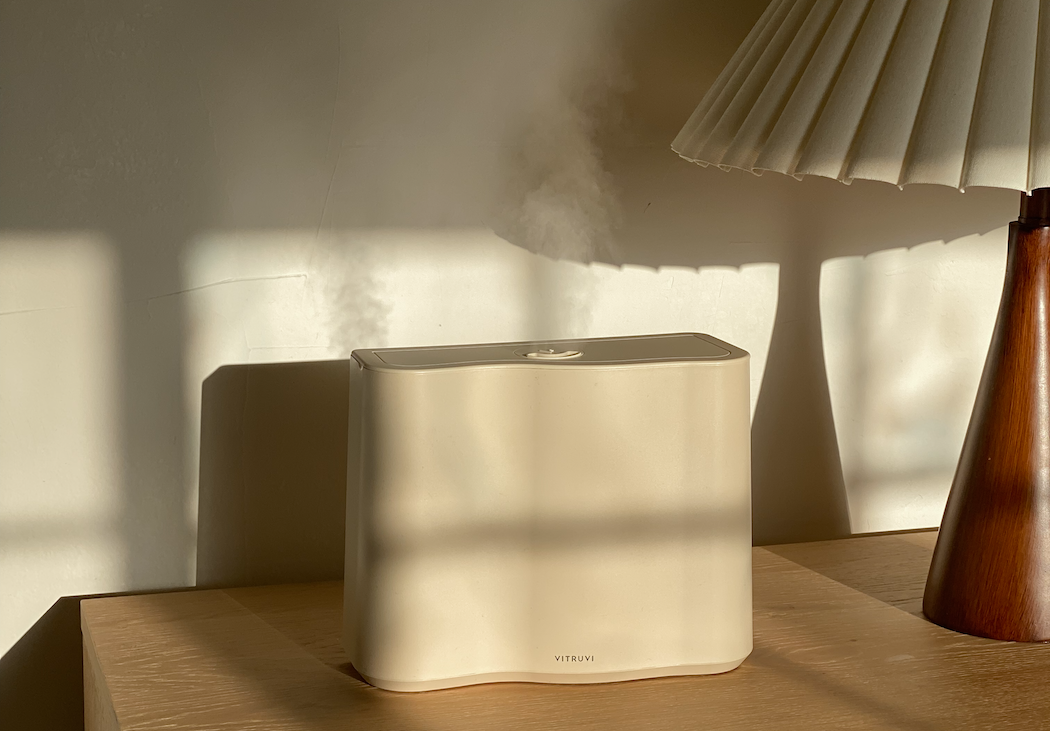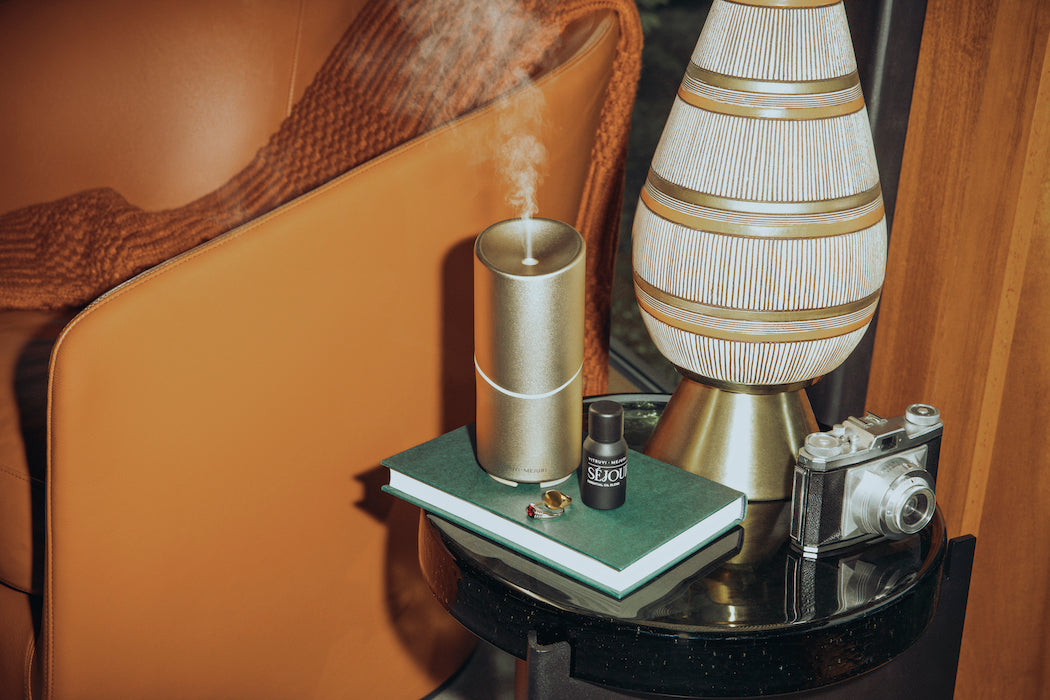Whether you want an easy indoor gardening project or are looking to have faster access to fresh food, growing your own sprouts may be the answer.
They’re easy to cultivate at home with minimal supplies, and they’re loaded with minerals and nutrients; if you don’t have much garden space or time, growing sprouts in your kitchen gives you the chance to sow seeds, watch them grow, and reap the rewards by incorporating them into your meals.
Spouts are often topped on sandwiches or salads. You can expand how you use them in the kitchen with your creations, too—dollop on soups and stews or toss into smoothies for an extra nutrient-rich kick. There are different types of legumes, flowers, and vegetables that you can eat in sprout form. And they grow quickly, which means you’ll experience the joys and benefits of growing your own food in no time.
Supplies for growing sprouts
- Wide-mouth pint or quart-sized jars, such as canning jars
- Cheesecloth or mesh screen
- Rubber bands or jar band
- Seeds (choose ones from a reputable place and make sure they are suitable for sprouting; your best bet is if you can source them locally or buy organic seeds)
How to grow sprouts at home
- Soak. Cover the bottom of the jar with seeds; about a teaspoon or tablespoon. Then add double the amount of cool water so that the seeds are completely submerged. Allow them to soak for eight to 12 hours. There can be some variation on how long a seed needs to soak in order to sprout, so your best bet is to check the packet for each plant.
- Rinse. Place a cheesecloth or mesh screen over the jar and secure it with a jar band or rubber band. Drain the water and rinse, and then drain again. Do this twice a day—typically every eight to 12 hours—for a few days. Keep the jar in a dark, cool place. Within a few days, the seeds will start to grow.
- Give light. When tiny yellow leaves begin to form, it’s time to give the seeds some indirect sunlight, which means you can move them from their dark place. Continue to drain and rinse twice a day.
- Eat. When the leaves turn green, they’re ready to eat. Seed to harvest is typically a few days to a week, depending on the sprouts. Rinse them and dry them, and then add them to your meals.
-
Store. Sprouts typically last a few weeks in the fridge. Store them in a container and gently wrap them with a paper towel to absorb some of the moisture.
Health benefits of sprouts
Alfalfa
Alfalfa sprouts are ubiquitous; you’ll often find them in the produce section of your grocery store or on restaurant menus. These sprouts are a good source of vitamins and minerals, including Vitamin K and Vitamin C, as well as manganese, copper, and folate.
Broccoli
Florets of broccoli stir-fried, steamed, or made into a soup may be common ways to eat this green vegetable, but growing broccoli as sprouts can be a fun way to add variation to your meals and still get the nutritional benefits. Broccoli sprouts pack a delicious healthy punch with lots of fiber and protein, and are a good source of Vitamin C.
Fenugreek
Fenugreek is used as an herb and spice, and is typical in cuisines in India, the Middle East, and North Africa. In sprout form, it is high in iron and fiber and is a good source of protein.
Sunflower
Grow these seeds as sprouts for good sources of Vitamin B and Vitamin E, as well as calcium, iron, and zinc; they also contain protein.
Wheatgrass
Wheatgrass may be a common sighting at your local juice bar, and for good reason: this plant packs a healthy punch. Wheatgrass sprouts are a good source of many vitamins, including C and E, along with calcium, iron, magnesium, and the antioxidant glutathione.
Time to get sprouting.












